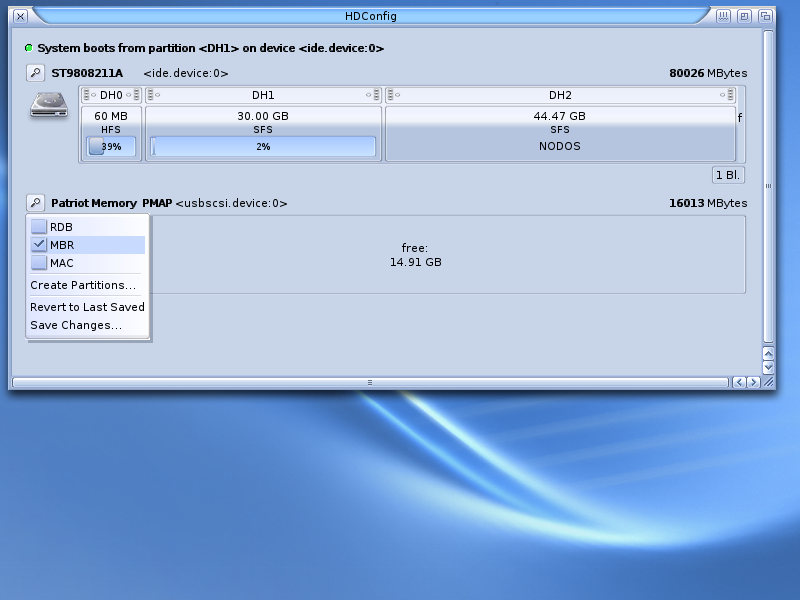
If by chance you mount two drives of the same name, because the system can't create two mount points with the same name it appends sequential numbers to new mount points as they are created, and therefore you will see the numbered drive names in the Finder. In this directory a folder is created and given the drive's name, and is used as the access point for all files on that local filesystem. The mount point for local drives is in the /Volumes folder, which is a hidden directory on the main boot drive. The drive is first recognized and assigned a unique device ID (such as "disk1"-you can see these and other hardware device files by opening the Terminal and entering the command "ls /dev") and then is handled by the disk arbitration daemon, which identifies it and an available filesystem on it, and proceeds with mounting it if the system can recognize it. In OS X, drives are accessed through the Finder's various locations, but on the filesystem they are given a mount point. For instance, if you have a USB flash drive labeled "USB Drive," it may appear as "USB Drive-1" on your system.

Sometimes, however, when you attach a local hard drive, you will see that the name of the drive has a "-1" or another number appended to it.

When you mount a local hard drive in OS X it will appear in the Computer Name section of the Finder, but may also be found on the Desktop or in the Finder sidebar (unless you have disabled those options).


 0 kommentar(er)
0 kommentar(er)
